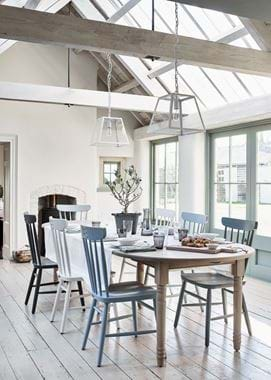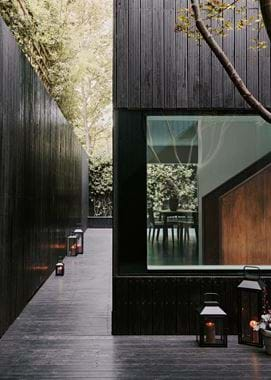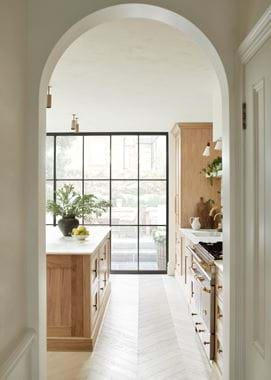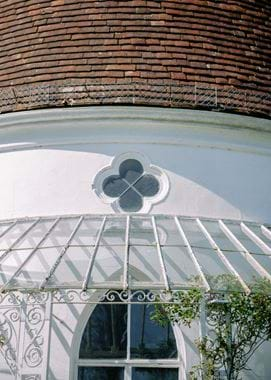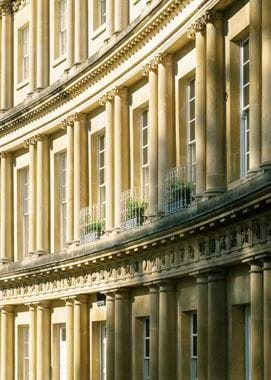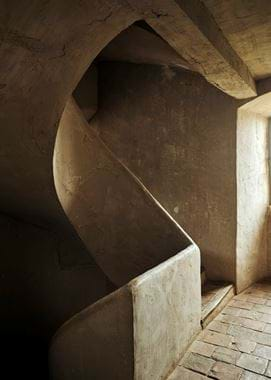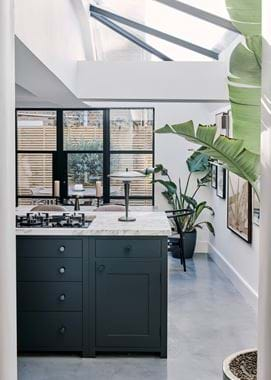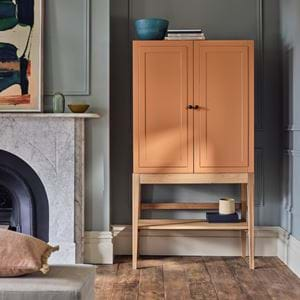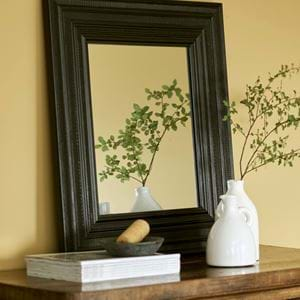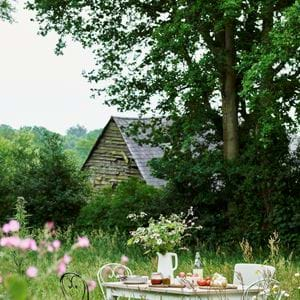The architecture of happiness: how buildings can create joy
The architecture of happiness: how buildings can create joy
‘We shape our buildings and, afterwards, our buildings shape us,’ mused Winston Churchill in 1943, while considering the repair of the bomb-ravaged House of Commons. There’s no doubt that buildings and cities can affect our mood and wellbeing. But do architects consider happiness in their designs? Is it possible to instil joy through classical proportions or the sweep of an arch? The nineteenth-century philosopher Ludwig Wittgenstein perhaps got an inkling of the challenge: ‘You think philosophy is difficult, but I tell you, it is nothing compared to the difficulty of being an architect.’
What is a beautiful building? Are there universal laws of attraction? For over a thousand years in the history of the West, the classical style was the epitome of grace and beauty – a structure with a temple front, decorated columns, repeated ratios, and a symmetrical façade. From the Greeks to the Romans and then the Renaissance, classicism spread as far as Helsinki and St Petersburg. There was a uniform vocabulary and stylistic unity to entire cities that stretched back to the Temple of Apollo at Delphi and geographically from the homes of London bankers to those of Philadelphia lawyers. Originality wasn’t celebrated, replicating classical structures was. An Arch of Constantine as your main entrance? Nothing could do more to enhance your standing in society as a noble aesthete.
The Industrial Revolution changed all that. It not only revolutionised the landscape of commerce but also shifted our concept of beauty in design. Mastering the technologies of iron and steel, plate glass and concrete, architects unencumbered by an ancient rulebook started designing with a new set of ideals: that of function driving form. A bridge with the lightest possible frame to stretch over the widest span, a railway station that allowed steam to escape safely and that would let in natural light. Ability transcended classical authority. New steamships and skyscraper buildings inspired awe with their innovation and technological freedom. Beauty started to look less like a visual dictionary of Doric capitals and more like an expression of man’s new-found industry and confidence.
Yet we just need to look at some of the concrete jungles of our modern cities to know that technological mastery doesn’t necessarily equate to beauty or joy. Dominion over nature made us forget that our wellbeing is dependent on the quality of our environment, not our control over it. Research has shown that a built landscape tends to support our wellbeing best when it echoes the natural world in some way. And it’s not just about how many trees there are – it’s factors such as light, pattern, dimension, and sound. There’s a good reason classical buildings were designed on the principals of the Fibonacci spiral: their architects realised that natural geometry creates spaces we’re happy living in.
We also like mystery and legibility. Legibility through spaces laid out in a way that’s easy to navigate, and mystery as humans are also information-seeking creatures, drawn to the promise of new information with a curiosity to finding out what’s beyond the bend (a spiral staircase is a good example). Comfort and awe are also key. Tall ceilings are impressive, but we also need semi-enclosed spaces. It goes back to a primal need for refuge and prospect – a small cave to retreat to, and a high vantage point to see potential threats. We also crave ordered complexity – too little variation in colour, material, detail, and ornamentation can be boring (just think of prison buildings).
The architect Michael Ramus set about researching the relationship between architecture and health and wellbeing, and created a formula for a happy house: ‘a strong connection with nature; an abundance of natural light to lift the spirits; long, inspiring views; a sense of openness to prevent claustrophobia; uncluttered space to reduce stress; fresh air; and an emphasis on craftsmanship and textured materials.’
For architecture to bring us happiness, it must provide something more than a physical and psychological sanctuary. It must tap into our ideals and values. For the Renaissance masters, it was a sense of order, authority and nobility; while Brunel and Corbusier were engineering our future. Perhaps now we’ve started to recognise that our connection to the environment is what brings us joy. Happiness is design that reflects our natural world, and therefore our central place in it.
For more on how you can design your home to reflect nature, have a read of this piece by author Sally Coulthard on biophilia at home.

